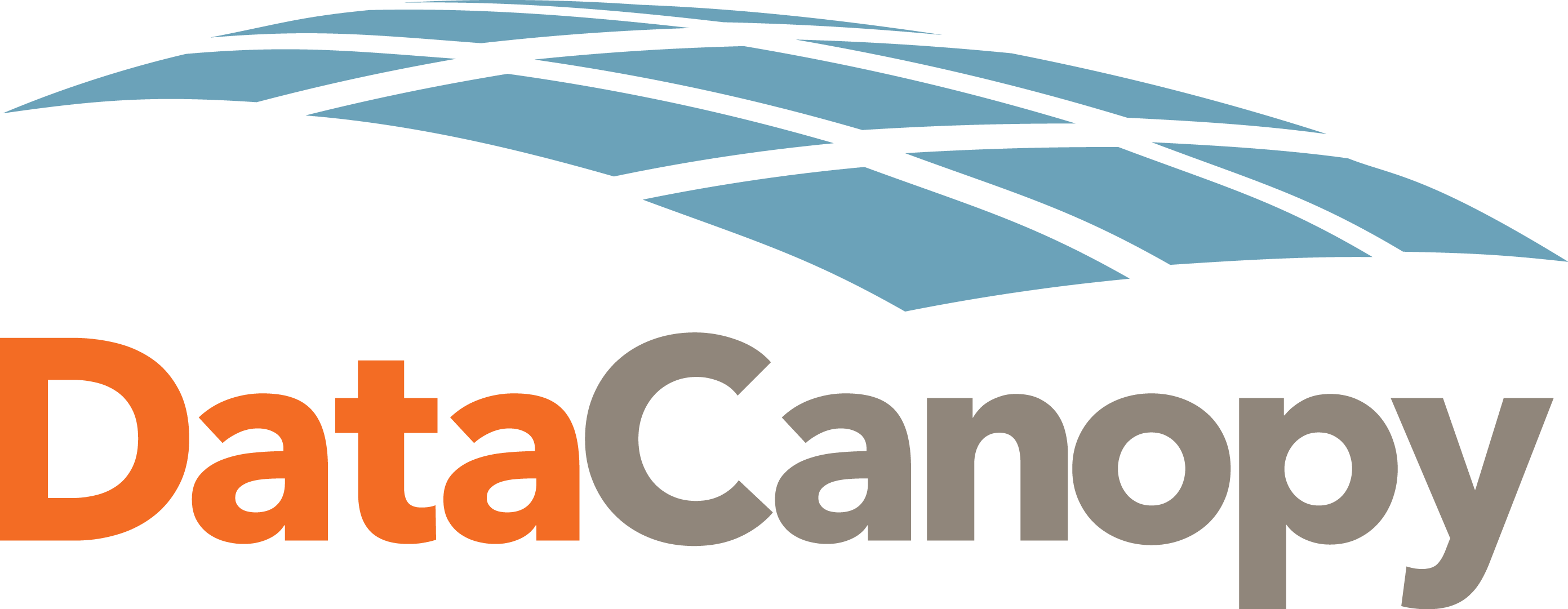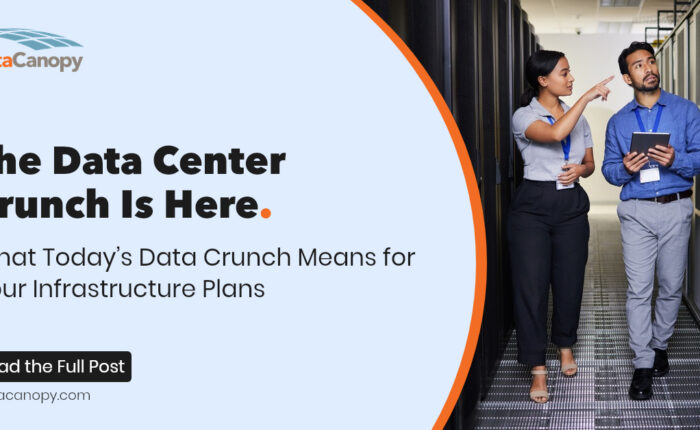
One of the key trends to be aware of in the data center space is that of vertical vs horizontal growth. Even 5 years ago, multi-tenant facilities had a hard (read: expensive) time cooling even 10kW per cabinet, but we’ve come a long way since then. Now, Tier III enhanced facilities can maintain 22+ kW per cabinet without having to utilize any additional cooling methods, thanks to technology innovations, such as airside economization.
So, what does this mean for the tenant? Most large data center companies are REITs (Real Estate Investment Trusts), which means that what they truly care about is the square footage and cost/square ft. The more power dense each cabinet is, the more profitable the environment is for the facility. The reason for this is Power Usage Effectiveness (PUE) which is the key factor in determining cost next to physical space. In the simplest of terms, the more effective the space is utilized and power is provided, the higher value of that space for the REIT and the better deal for the data center provider and its tenants.
Some of the benefits of vertical growth are:
- More space for servers (about a 20U difference between 6’ and 10’ cabinets)
- Ability to plan for growth without needed to contract for additional square footage
- Assists in the decrease in PUE for the facility which saves all parties money.
- Better negotiating power with a denser environment
When you can fit more equipment into an environment with less square footage, you are creating a high-density environment which is the ideal for the tenant and the data center provider. Curious to find out how to increase efficiency and density in your environment? Contact us today and let’s get started.



